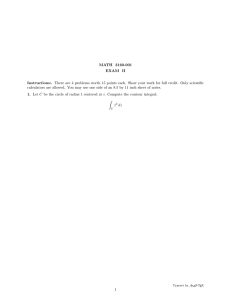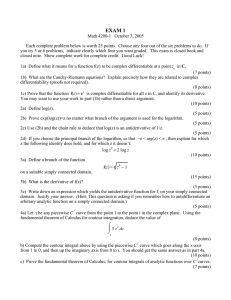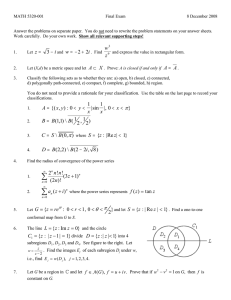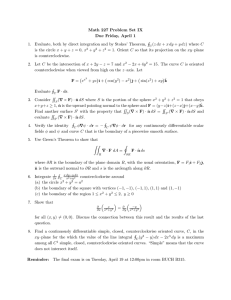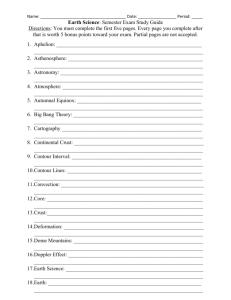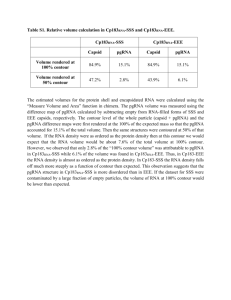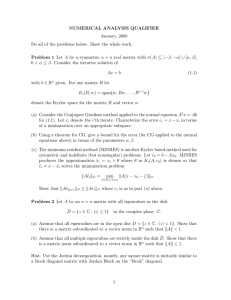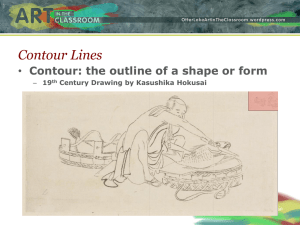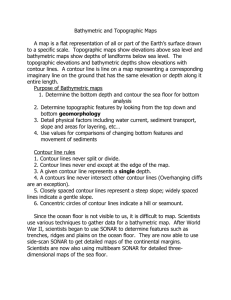Exercise 4
advertisement
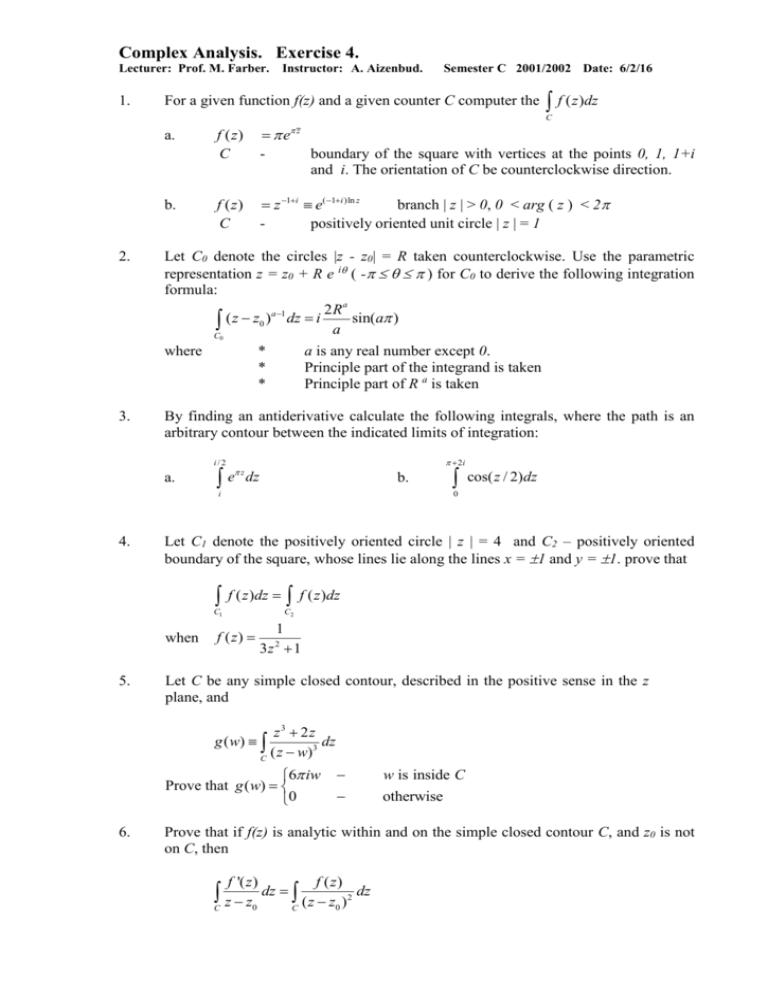
Complex Analysis. Exercise 4. Lecturer: Prof. M. Farber. Instructor: A. Aizenbud. 1. Semester C 2001/2002 Date: 6/2/16 For a given function f(z) and a given counter C computer the f ( z )dz C 2. a. f ( z) C e z boundary of the square with vertices at the points 0, 1, 1+i and i. The orientation of C be counterclockwise direction. b. f ( z) C branch | z | > 0, 0 < arg ( z ) < 2 z 1i e( 1i )ln z positively oriented unit circle | z | = 1 Let C0 denote the circles |z - z0| = R taken counterclockwise. Use the parametric representation z = z0 + R e i ( -) for C0 to derive the following integration formula: 2Ra a 1 ( z z ) dz i sin(a ) 0 a C0 where 3. * * * a is any real number except 0. Principle part of the integrand is taken Principle part of R a is taken By finding an antiderivative calculate the following integrals, where the path is an arbitrary contour between the indicated limits of integration: i/2 a. 2i e z dz b. i 4. cos( z / 2) dz 0 Let C1 denote the positively oriented circle | z | = 4 and C2 – positively oriented boundary of the square, whose lines lie along the lines x = 1 and y = 1. prove that f ( z )dz C1 when 5. f ( z )dz C2 f ( z) 1 3z 1 2 Let C be any simple closed contour, described in the positive sense in the z plane, and z3 2z dz 3 ( z w ) C g ( w) 6 iw Prove that g ( w) 0 6. w is inside C otherwise Prove that if f(z) is analytic within and on the simple closed contour C, and z0 is not on C, then f '( z ) zz C 0 f ( z) dz ( z z0 ) 2 C dz
